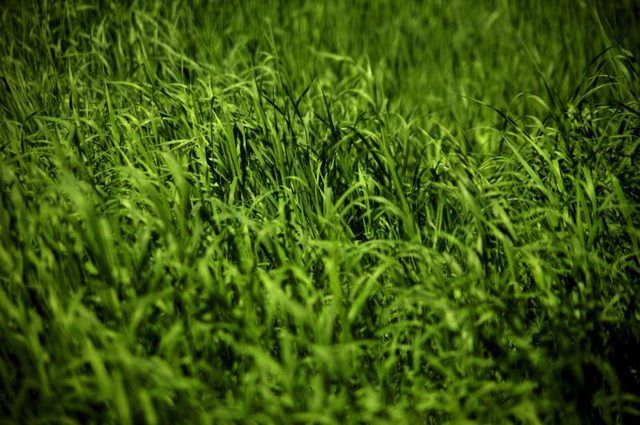Bulbs
Flower Basics
Flower Beds & Specialty Gardens
Flower Garden
Garden Furniture
Garden Gnomes
Garden Seeds
Garden Sheds
Garden Statues
Garden Tools & Supplies
Gardening Basics
Green & Organic
Groundcovers & Vines
Growing Annuals
Growing Basil
Growing Beans
Growing Berries
Growing Blueberries
Growing Cactus
Growing Corn
Growing Cotton
Growing Edibles
Growing Flowers
Growing Garlic
Growing Grapes
Growing Grass
Growing Herbs
Growing Jasmine
Growing Mint
Growing Mushrooms
Orchids
Growing Peanuts
Growing Perennials
Growing Plants
Growing Rosemary
Growing Roses
Growing Strawberries
Growing Sunflowers
Growing Thyme
Growing Tomatoes
Growing Tulips
Growing Vegetables
Herb Basics
Herb Garden
Indoor Growing
Landscaping Basics
Landscaping Patios
Landscaping Plants
Landscaping Shrubs
Landscaping Trees
Landscaping Walks & Pathways
Lawn Basics
Lawn Maintenance
Lawn Mowers
Lawn Ornaments
Lawn Planting
Lawn Tools
Outdoor Growing
Overall Landscape Planning
Pests, Weeds & Problems
Plant Basics
Rock Garden
Rose Garden
Shrubs
Soil
Specialty Gardens
Trees
Vegetable Garden
Yard Maintenance
Why Is My Grass Green Over My Field Lines?
Why Is My Grass Green Over My Field Lines?. A typical septic tank system consists of a holding, or septic, tank, that collects household waste and water, and a leach bed through which excess water drains. The solid waste remains in the tank, and gradually sinks to the bottom, while the waste water seeps slowly through a network of perforated...

A typical septic tank system consists of a holding, or septic, tank, that collects household waste and water, and a leach bed through which excess water drains. The solid waste remains in the tank, and gradually sinks to the bottom, while the waste water seeps slowly through a network of perforated drainage field pipes set into shallow trenches lined with gravel or crushed rock. When water usage in the home is high, the soil under and around the field line pipes becomes saturated with waste water that builds up toward the surface of the soil to within the reach of the lawn grass roots and rhizomes.
Grass Color Significance
Household waste water is rich in many of the nutrients that plants and lawn grasses, such as Kentucky bluegrass (Poa pratensis) use. Kentucky bluegrass grows in U.S. Department of Agriculture plant hardiness zones 3 through 8. When grass growing over saturated field lines turns bright green, it may indicate stress in the system, as the water has nowhere else to go but up, toward the surface, where it is easily accessible by grass plant roots in large quantities. In a septic system that's working correctly, waste water is filtered out into the surrounding soil. Brown grass over field lines indicates that the system is functioning as it should, and that the waste water is draining properly.